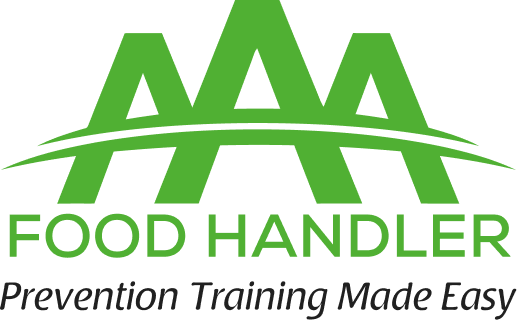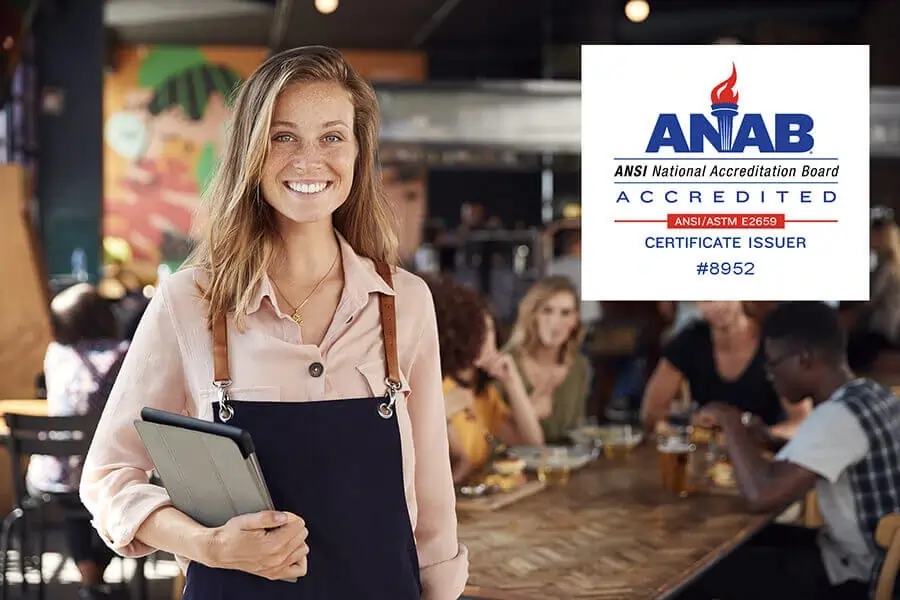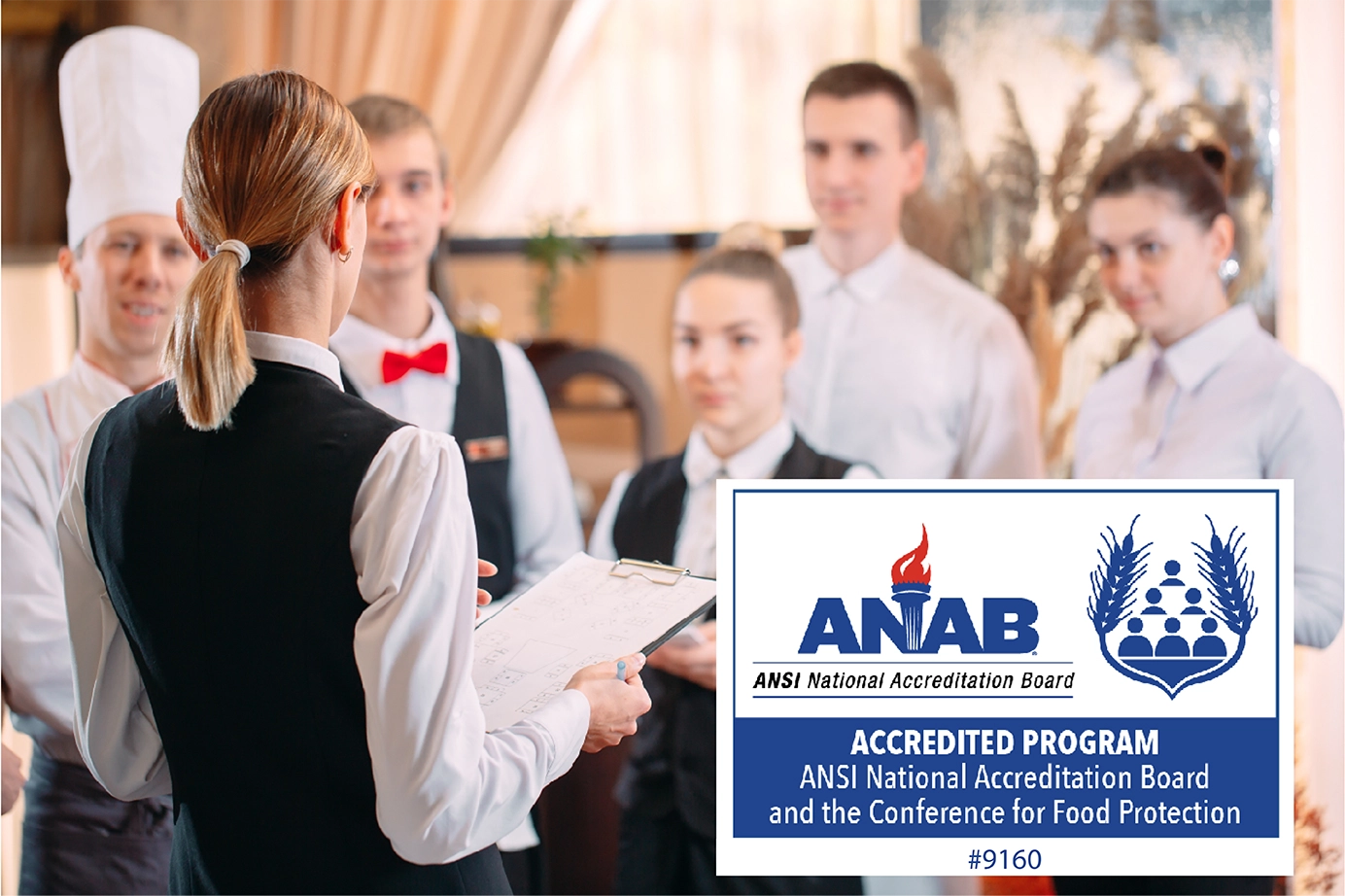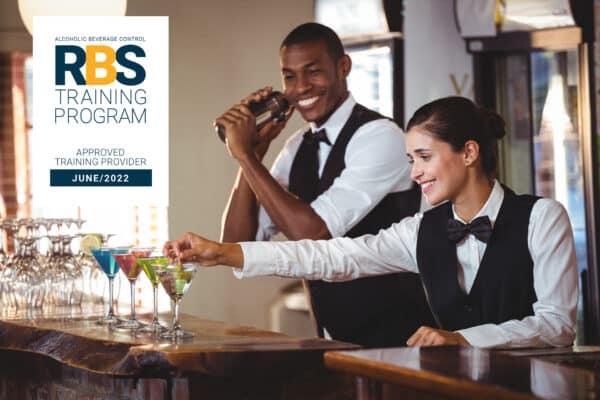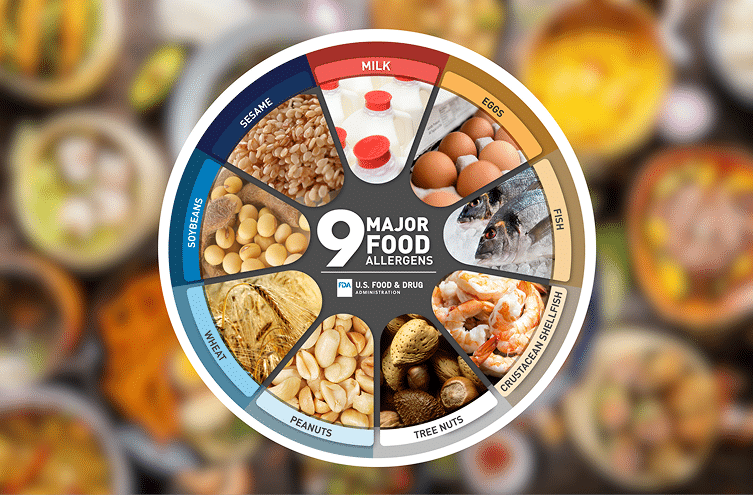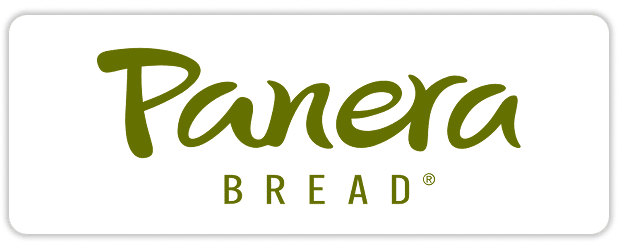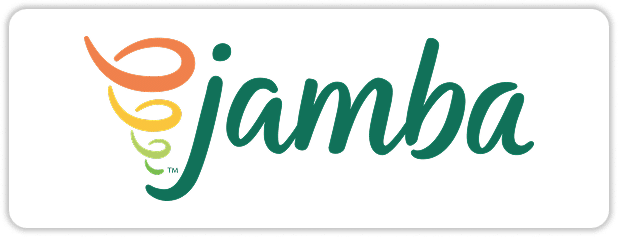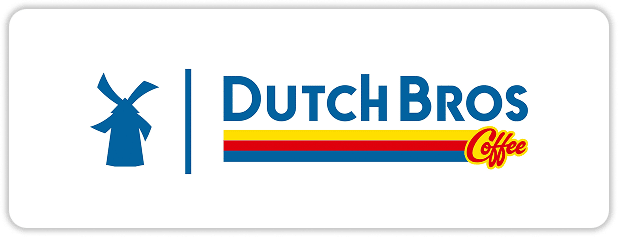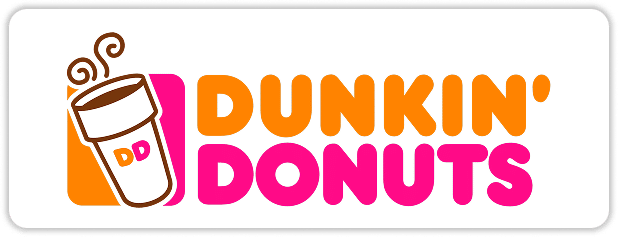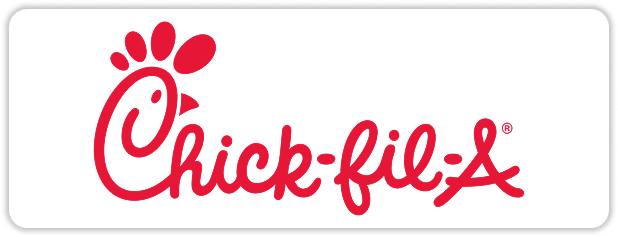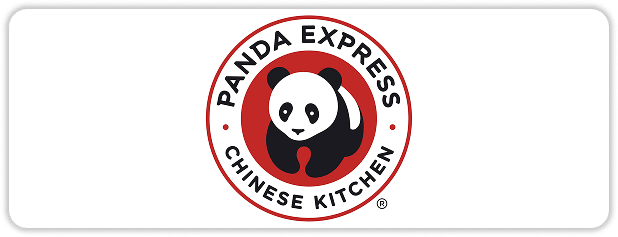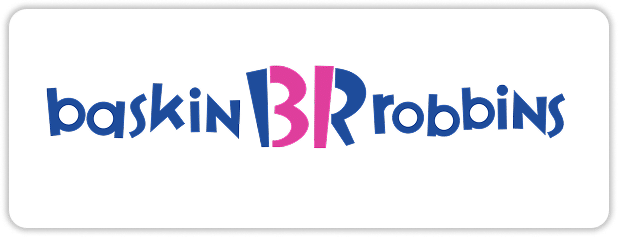
Why do Bartenders need a Food Handler Card for a Safe and Successful Workplace?
Whether you’re slicing fruit, scooping ice, or serving shared bar snacks, bartenders are involved in food handling more than most people realize. That’s why many employers and state regulations now require a Food Handler Card for Bartenders as proof of food safety training. It ensures that you’re working cleanly, safely, and legally while working at the bar.
In this guide, we’ll explore do bartenders need a Food Handler Card, what the training includes, and why it matters more than ever in today’s food and beverage industry.
What Does a Food Handler Card for Bartenders Include?
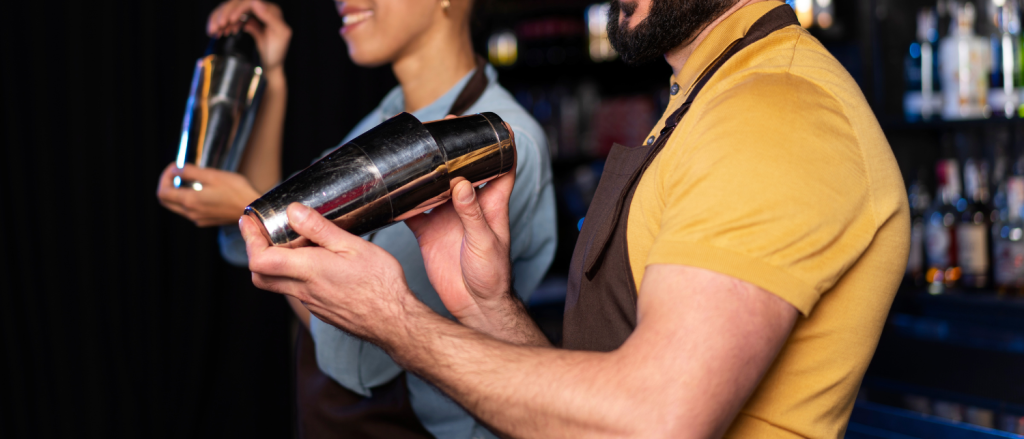
A Food Handler Card for Bartenders includes specific training that helps you understand the basics of sanitation, hygiene, and contamination prevention in a bar setting. It’s not just for kitchen workers—bartenders routinely come in contact with items that can pose food safety risks.
You’ll learn how to:
- Properly wash hands and surfaces
- Handle garnishes and shared snacks safely
- Prevent cross-contamination between food and drink tools
- Sanitize reusable barware
- Store food-related items according to regulations.
When Are Bartenders Required to Have Food Safety Training?

Common examples include:
- Cutting or serving drink garnishes
- Handling ice (which is considered a food item)
- Serving food or snacks at the bar
- Washing glasses and bar tools used by customers
States with clear requirements include:
- California – Must be completed within 30 days of hire
- Texas – Mandatory for all food and beverage employees
- Florida, Arizona, Illinois, and New Mexico – Similar laws apply.
A standard food handler course, especially one accredited by the ANSI National Accreditation Board (ANSI National Accreditation Board (ANAB)), covers essential topics such as:
- Safe food handling procedures
- Personal hygiene and sanitation
- Cross-contamination prevention
- Proper food storage and temperature control
- Cleaning and sanitizing techniques
Why Is Food Safety Knowledge Critical Behind the Bar?
Food safety training is about more than checking a box—it’s about protecting the people you serve and the business you work for. Getting your Food Handler Card for Bartenders shows you’re taking responsibility for hygiene and professionalism.
Key benefits include:
- Preventing foodborne illness
- Helping your team pass health inspections
- Making a great impression on employers
- Being trusted with more responsibilities
- Creating a safer bar environment for everyone
How to Get a Food Handler Card for Bartenders Online?
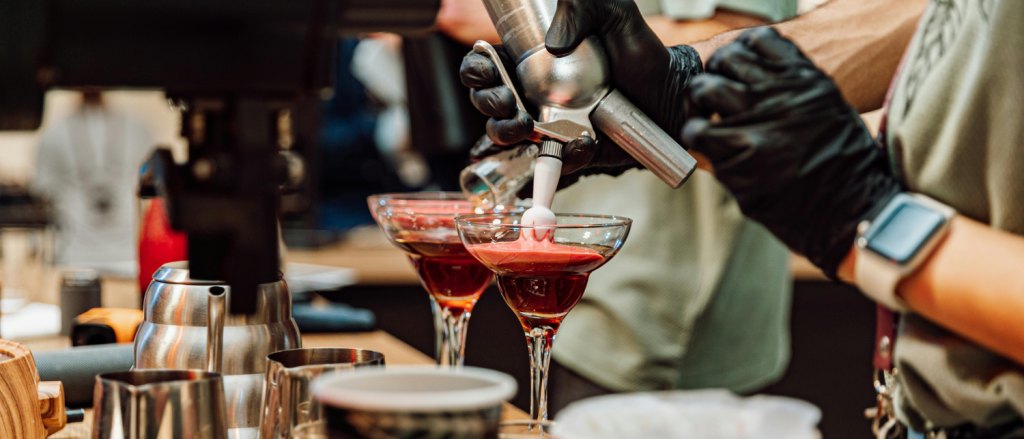
The process:
- Register for the course online
- Complete the self-paced lessons (typically under 2 hours)
- Pass the final quiz
- Download your card instantly
How Long Does Bartender Food Safety Training Stay Valid?
Is Food Handler Training Different from Alcohol Server Training?
Yes. These are two separate types of training with distinct purposes:
- Food handler training focuses on sanitation, hygiene, garnishes, ice handling, and utensil safety
- Alcohol server training teaches responsible beverage service, ID checking, and preventing over-service
How to Add Food Safety Training to Your Bartender Resume?
Training & Compliance
- Food Safety Card – AAA Food Handler (Texas), valid through June 2026
- Alcohol Server Course – AAA Food Handler
Final Thoughts: Why Every Bartender Should Complete Food Safety Training?
Having a Food Handler Card for Bartenders isn’t just about compliance—it’s about professionalism. It proves that you care about doing things the right way, protecting customers, and maintaining a clean, efficient bar.
